HDR, or High Dynamic Range, is one of the biggest improvements in picture quality in recent years. If you’ve looked at a new 4K HDR TV or HDR monitor, you’ve probably heard people say “the colors look more real” or “the highlights are stunning.” But what exactly does HDR mean? And why should you care about it?
Let’s take a closer, simple look at HDR — without the technical jargon — and explain why it’s such a game changer for TVs, monitors, phones, cameras, and even gaming.
HDR Meaning: What Does HDR Do?
HDR stands for High Dynamic Range. It’s a way of displaying images and video with a much wider range of brightness and contrast than older formats, like SDR (Standard Dynamic Range).
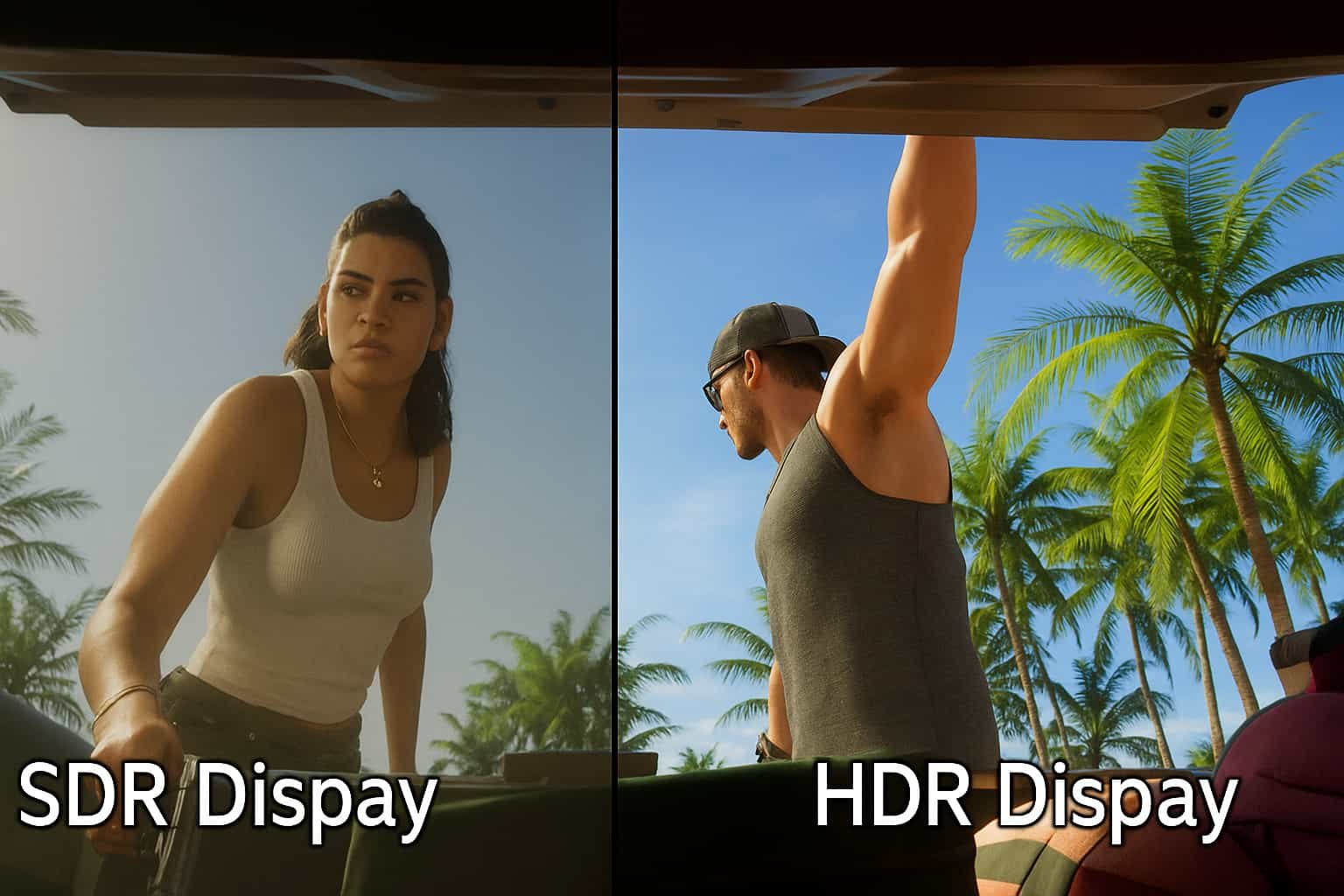
To put it simply, HDR lets the bright parts of the image get brighter, the dark parts get darker, and everything in between look more natural. This gives depth to shadows, glow to lights, and realism to colors.
If you’ve ever watched a sunset and noticed how the sky goes from bright orange to soft pink to deep blue — HDR can capture that range much better than SDR.
HDR vs SDR: What’s the Difference?
Let’s compare:
| Feature | SDR | HDR |
|---|---|---|
| Brightness Range | Limited to ~100 nits | Can reach 1,000+ nits |
| Color Depth | 8-bit (16.7 million colors) | 10-bit or higher (over 1 billion) |
| Contrast | Basic | High contrast, deeper shadows |
| Color Gamut | Rec. 709 | DCI-P3, Rec. 2020 (wider) |
| Overall Picture | Flat, good for older content | Vivid, lifelike, more detail |
In short, HDR brings images to life. It’s not just about being brighter — it’s about showing more details in brightness and color. That’s why 4K HDR content looks so impressive on newer displays.
What Does HDR Mean for Your TV?
A HDR TV can display images that go beyond the limits of older standards. But just because a TV says “HDR” on the box doesn’t mean it performs well. For HDR to really shine, the TV needs:
- High peak brightness
- Deep black levels
- Wide color gamut
- Proper HDR format support (like HDR10 or Dolby Vision)
Cheaper models may support HDR but can’t display the full range, so the image might not look much different from SDR. That’s why reviews and tests matter when choosing a 49in HDR TV, Sony HDR-CX405, or any other HDR-capable display.
What Is HDR Video?
HDR video is video content that’s mastered with a wider range of brightness and color. This means the footage contains more information for the display to work with. Whether you’re watching a documentary on Netflix or playing a cinematic cutscene in a game, HDR video can show more detail in both the shadows and highlights.

Most streaming platforms like Netflix, Disney+, Amazon Prime, and YouTube now offer HDR video — often in formats like HDR10, Dolby Vision, or HLG HDR. But to watch in HDR, you need a TV and streaming device that support those formats and a fast enough internet connection.
What Is HDR10?
HDR10 is the most common and widely supported HDR format. It’s an open standard — meaning any manufacturer or content creator can use it without paying a license fee.
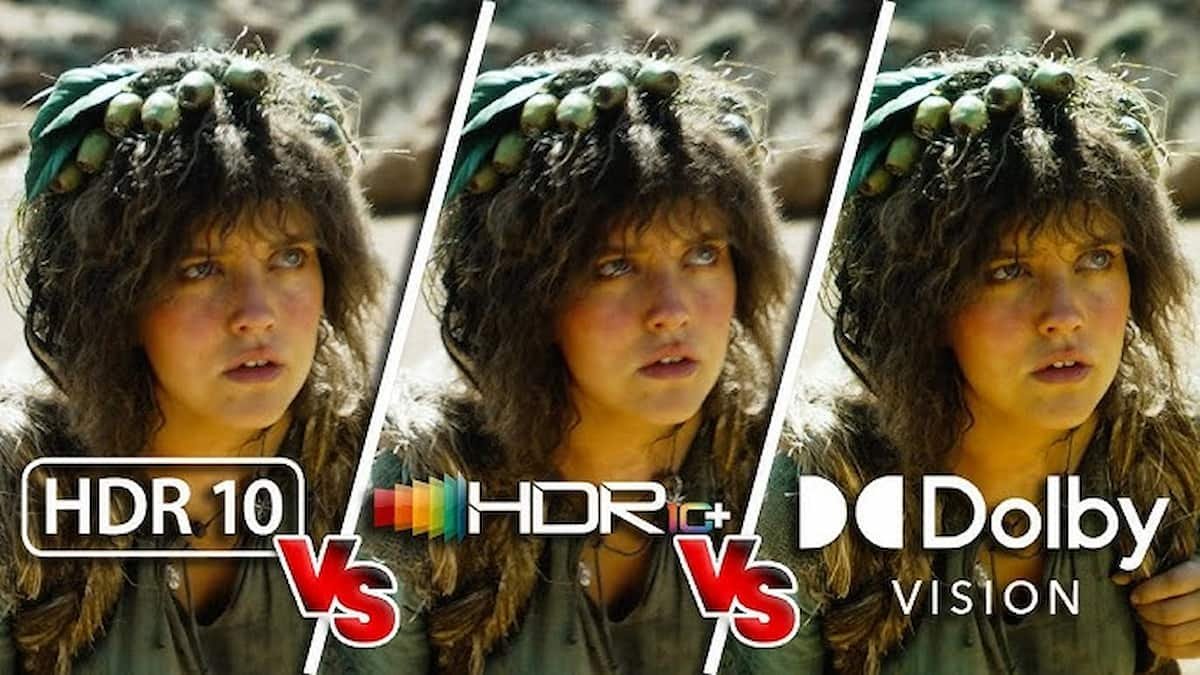
It uses static metadata, which means the brightness and color settings are applied once for the entire movie or show. While that’s less flexible than Dolby Vision (which uses dynamic scene-by-scene settings), HDR10 is still a huge upgrade from SDR.
Every 4K HDR monitor and TV that says it supports HDR is almost guaranteed to support HDR10.
There’s also HDR10+, an improved version that adds dynamic metadata — like Dolby Vision — for better scene-by-scene detail.
What Is HDR Gaming?
HDR gaming means playing games that are designed to take advantage of HDR’s expanded brightness and color range. When done right, HDR can make games look stunning — glowing lights in dark caves, neon cities at night, or sunlight reflecting on water.
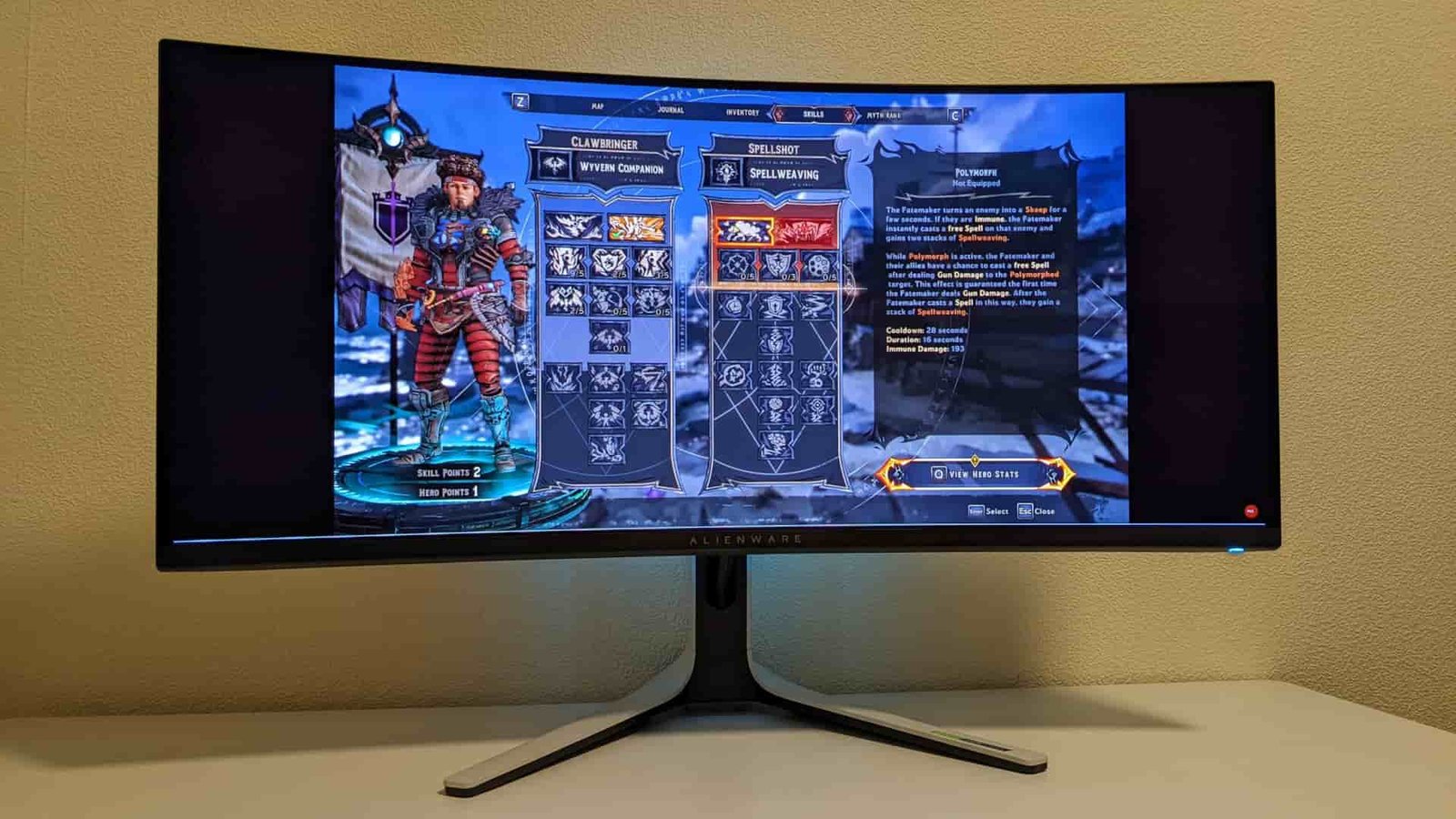
But the catch is that not all games are optimized for HDR. And not all TVs or monitors handle it equally well. Some may even introduce input lag or overblown brightness levels.
If you play on a console like the PlayStation 5 or Xbox Series X, you’ve probably seen settings like Auto HDR or Windows HDR Calibration if you’re on PC with an RTX HDR-ready graphics card. These settings aim to improve visuals but can be hit or miss depending on the screen.
Still, when done properly, HDR is good for gaming — especially in single-player, story-driven games with cinematic visuals.
What Is HDR on iPhone?
If you’ve taken a photo or video with an iPhone recently, you’ve likely seen the HDR label pop up. But what is HDR on iPhone, and does it actually make a difference?
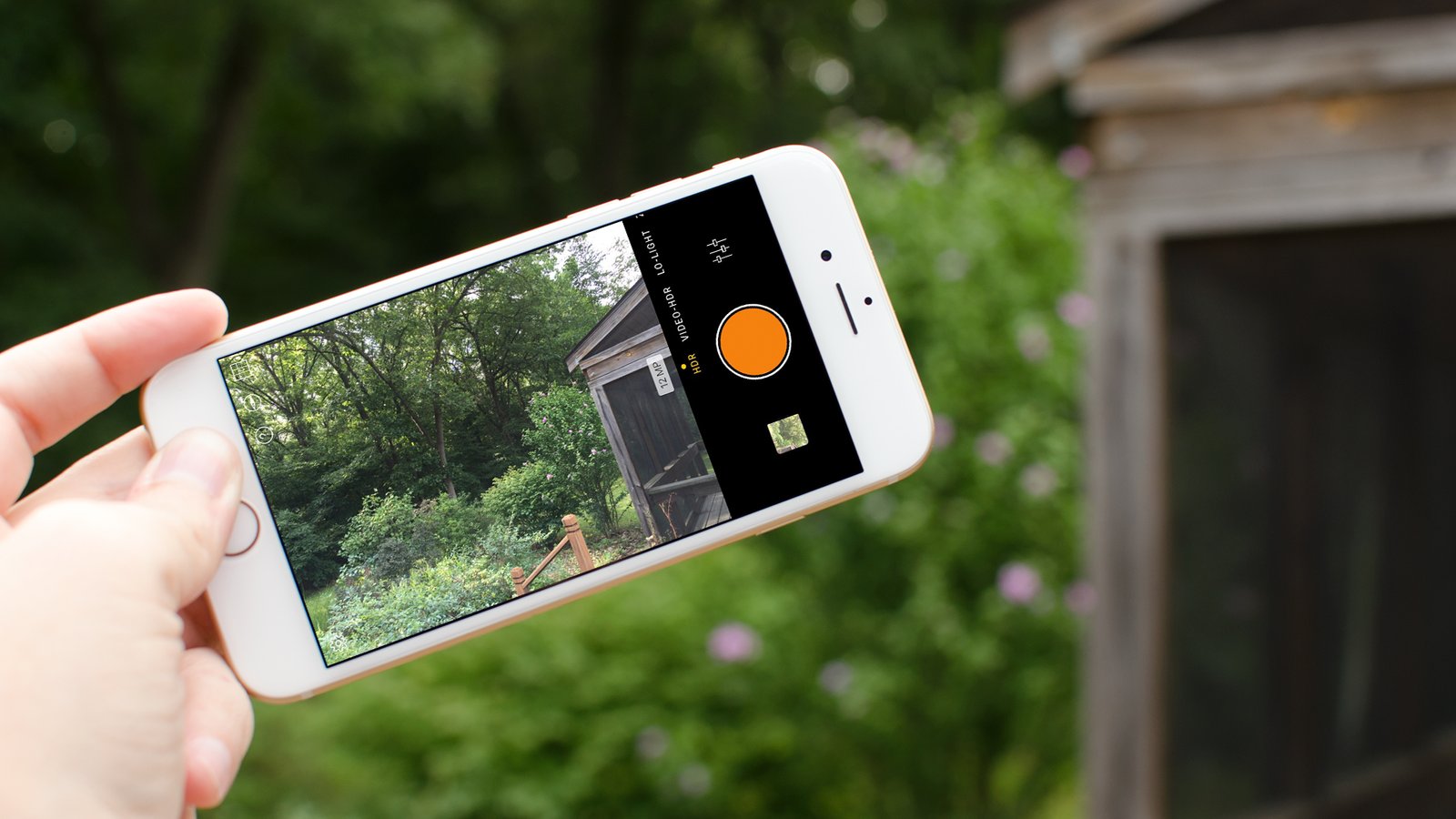
On iPhones, HDR works automatically in the background. When you take a picture with a strong contrast — say, a sunset behind a dark building — HDR captures multiple exposures and blends them into a single photo with balanced brightness and color. That’s called HDR photography, and it’s been a feature on iPhones for years.
With newer models like the iPhone 12 and up, HDR video is also supported, using Dolby Vision. This makes videos shot on iPhone look more vibrant and cinematic — especially when played back on HDR-capable screens.
If needed, you can turn off HDR on iPhone by going to Settings > Camera > Smart HDR or Record Video > HDR Video. But unless you’re having compatibility issues, it’s usually better to leave it on — especially for bright outdoor shots or challenging lighting.
What Is HDR Photography?
HDR photography refers to a technique where multiple photos are taken at different exposure levels and combined to bring out more detail in both shadows and highlights. This is especially useful in scenes with uneven lighting, like indoor rooms with bright windows or landscapes with a mix of sun and shadow.
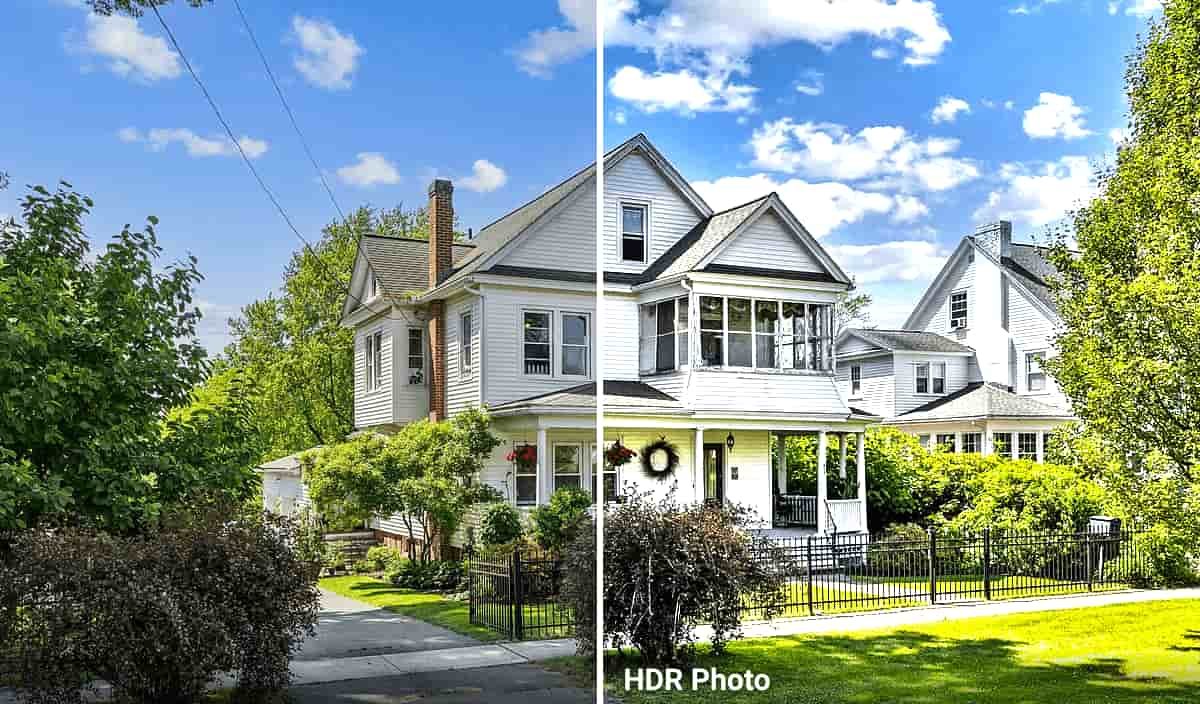
Modern cameras — from smartphones to DSLRs — often do this automatically. And HDR software like Lightroom, Photoshop, or even free mobile apps can let you manually blend exposures too.
The result? Photos that look more true-to-life. You won’t lose detail in a dark corner just because there’s a bright sky behind it.
HDR photography isn’t about making pictures unrealistically colorful. It’s about balance. When done right, HDR photos look natural, not exaggerated.
HDR in Other Fields: Software, Engineering, Architecture
You might have seen HDR pop up in fields like HDR engineering, HDR architecture, or HDR software. In these contexts, HDR usually refers to companies or systems with the acronym “HDR” in their name, not necessarily related to video.
For example, HDR, Inc. is a global architecture and engineering firm that works on large-scale infrastructure projects. If you see job listings like “HDR careers” or “HDR jobs,” they’re probably referring to that company — not display technology.
It’s a common point of confusion, but totally unrelated to HDR in video or gaming.
How to Turn Off HDR
If you find that HDR is causing odd results on your screen — like blown-out highlights or strange color shifts — you might want to turn it off.
Here’s how:
- On iPhone: Go to Settings > Camera and disable Smart HDR or HDR Video.
- On Windows 11: Go to Settings > System > Display > Use HDR and toggle it off.
- On TVs or monitors: Check your picture settings. You’ll usually find HDR settings under “Picture Mode” or “Advanced Settings.”
Sometimes turning off HDR gives you a more consistent picture — especially on cheaper displays that don’t handle HDR well.
Is HDR Worth It?
This is a fair question. HDR sounds great in theory, but is it worth it in practice?
If you have a high-quality TV or monitor, then yes — absolutely. HDR content can look incredible, especially when watching movies, playing AAA games, or editing photos. It brings realism, depth, and subtlety that SDR just can’t match.
But if you’re using a low-end screen or watching SDR content most of the time, you may not notice a huge difference. Also, HDR doesn’t improve all content — only media that’s mastered in HDR will look better.
In short: HDR is worth it if your device can handle it and if you enjoy content where visuals matter.
UHD vs HDR: Are They the Same?
This is a common mix-up.
- UHD (Ultra High Definition) refers to resolution — like 4K or 8K.
- HDR (High Dynamic Range) refers to brightness, contrast, and color.
You can have a 4K HDR TV (best case), a 4K SDR TV, or even a 1080p HDR monitor. They address different aspects of image quality. Ideally, your setup should have both for the best experience.
So when shopping, look for 4K HDR — that means you’re getting both a sharp image and great color performance.
Final Thoughts: What Does HDR Stand For?
HDR stands for High Dynamic Range, and it’s all about expanding what your screen can show — brighter brights, darker shadows, and richer colors in between.
Whether you’re watching a HDR video, gaming on a 4K HDR monitor, or snapping an HDR photo with your phone, the goal is the same: more detail, more depth, and a better image.
But HDR isn’t just a label — it depends on content, your device’s capabilities, and how everything works together. A properly tuned HDR setup is one of the best upgrades you can get in today’s digital world.